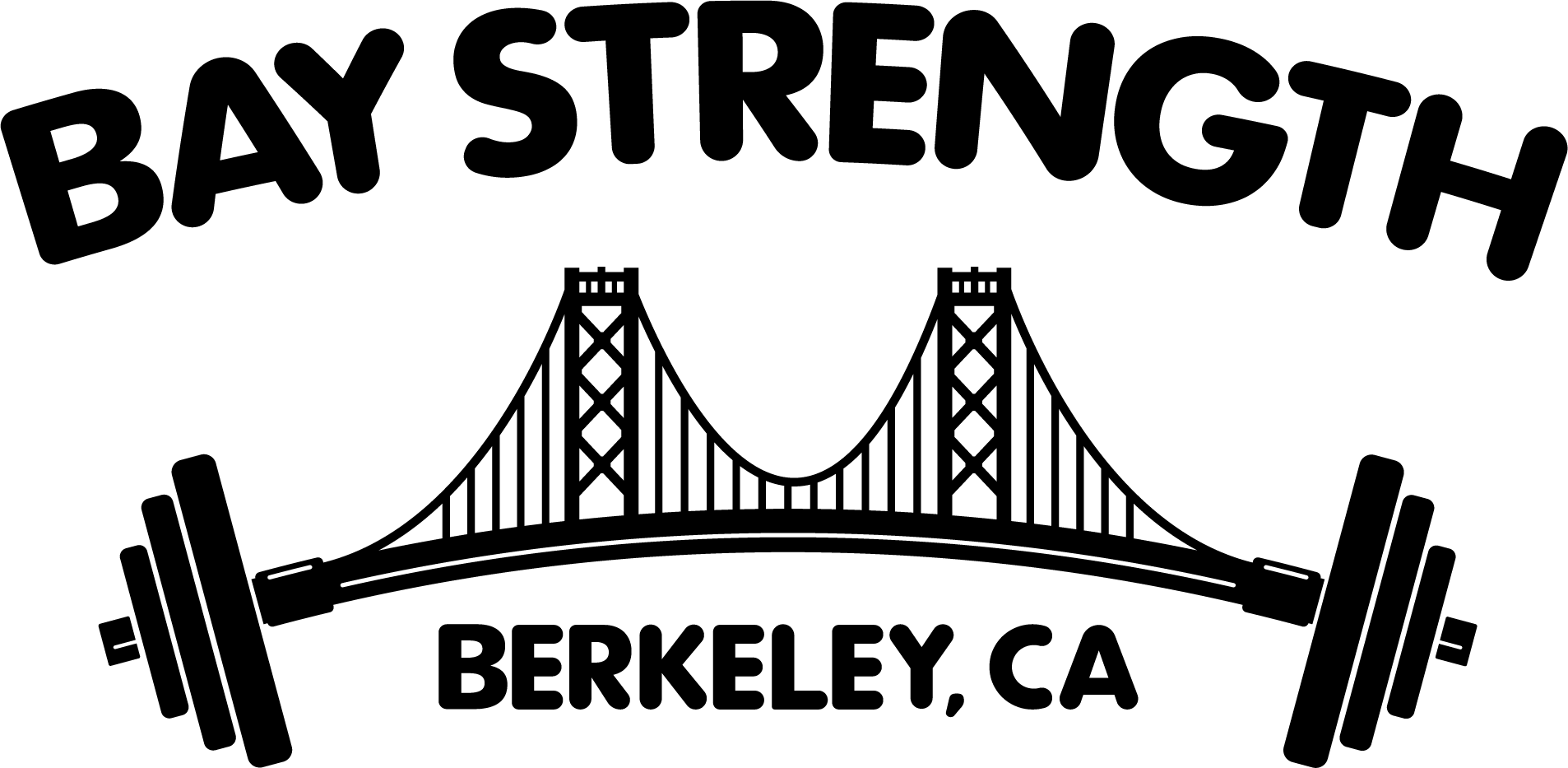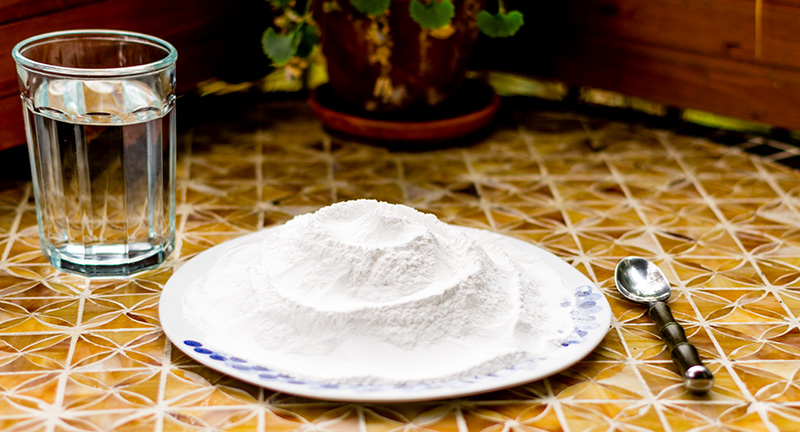A few weeks supply of BCAA’s. Not actually a serving suggestion.
[Note: The origin of this blog post is in my trainees’ frequent inquiries as to optimal use of BCAA’s as a supplement. These recommendations are distilled from Starting Strength Coach Jordan Feigenbaum’s advice on his Nutrition Forum, an invaluable resource.]
What are BCAA’s, and what do they do?
BCAA’s are branched-chain amino acids. They comprise 3 of the 9 essential amino acids that humans must obtain from their diet. The 3 BCAA’s are leucine, isoleucine, and valine. They are so-called because of their similar molecular structure – all the BCAA’s have a branched chain of one carbon atom bound to three or more carbon atoms.
BCAA’s are of particular importance for lifters because of their critically important role in stimulating muscle protein synthesis (MPS). BCAA’s – leucine in particular – initiate MPS, and correct use of them increases the frequency with which MPS occurs. BCAA’s also have other benefits: they increase the capacity of the body to carry out MPS, they limit catabolism (the breakdown of muscle protein), and they serve as an energy source for skeletal muscle during intense exercise.
The use cases for BCAA’s
There are three use cases for BCAA’s.
Pre-workout: Taking BCAA’s before a training session will provide an energy source for skeletal muscle and reduce catabolism (muscle protein breakdown) during the workout. 6g to 10g are recommended for this case.
Post-workout: Consuming BCAA’s after a training session will drive MPS to maximum levels, especially important after the stress of a hard training session. This is arguably the most important time to supplement with BCAA’s. 10g to 15g are recommended for this case. When you consume BCAA’s post-workout, it is advised to wait another 45 – 60 minutes before eating again, in order to maximize the number of bouts of MPS.
Between meals: Consuming BCAA’s between meals re-stimulates MPS sooner than could occur through the consumption of food alone. In this case, BCAA’s should be consumed 1.5 to 3 hours after the last meal, with 6g recommended. Wait another 60 minutes after consuming BCAA’s before eating again.
Quick and easy user’s guide
Having gone through all the above, let’s turn to how you as a lifter should optimally use BCAA’s. Which protocol you choose is largely determined by your disposable income. Opt for the one that best fits your budget.
One important caveat: the biggest factors affecting your training are the quality of your training (proper technique, programming, etc.), adequate sleep, and correct nutrition. Supplementing with BCAA’s is important and useful, but a distant second to those other factors.
- Good: Consume 10g – 15g of BCAA’s immediately post workout. Wait an hour, then eat again. This will maximize MPS post-workout.
- Better: On training days, consume 10g – 15g of BCAA’s immediately post workout. On non-training days, consume 6g of BCAA’s between meals, about 1.5 – 3 hours after eating. Do this as much as possible. This will maximize the frequency of MPS during your recovery between lifting sessions.
- Best: On training days, consume 10g – 15g of BCAA’s immediately post workout. On both training and non-training days, consume 6g of BCAA’s between meals, 1.5 – 3 hours after eating.
- Best-est: On training days, consume 10g before and 10g after workout. On training and non-training days, consume 6g of BCAA’s between meals, 1.5 – 3 hours after eating.
Consuming and procuring BCAA’s
Opt for BCAA’s that are in powder form over those in capsule form. The MPS stimulating effect of BCAA’s derives from their rapid infusion into the bloodstream, facilitated by the fact that they are free floating amino acids. Powder mixed with water will enter the bloodstream faster than powder contained in capsules which must first be dissolved in your stomach.
While on the subject of rapid infusion of BCAA’s into your bloodstream: chug your BCAA’s. Don’t sip them.
BCAA’s are cheap by the gram, but the quantity and frequency with which they can be used can cause their cost to add up quickly. Buy in as large a quantity as feasible since larger quantities are usually cheaper per gram. For example, Bulk Supplements’ 25 kilo shipment is $0.03 per gram, vs. $0.05 per gram on the 1 kilo order. If you don’t have $700 lying around with which to buy that much, find a few other people with whom to go in on the purchase. It’s a win-win solution for everyone involved.
Brand is not particularly important. Go with what you like and works for your budget. BCAA’s are not exactly tasty, so many people prefer a flavored variant. Unflavored is cheaper, but you may find it necessary to mask the flavor with a sweetener of some sort. If you go this route, I suggest Gatorade as the best option – the sugars in it, sugar and dextrose, are preferable to the fructose used in sweeteners like Kool-Aid, Tang, Powerade, etc. You can also use sugar free sweeteners; BCAA’s are effective even in the absence of any carbohydrates.


Are these BCAA amount recommendations appropriate for a 120-130lbs female, or should they be reduced ?
Hi Rey– They are independent of body weight. Follow them as listed.
Hi, Bulk Supplements packaging says to take 1500mg (1.5g) 3 times per day. Is it ok to take 10-15g at a time?
Thanks!
1.5g is not enough to do anything for you. Take 10g pre and post workout, and optionally take 6g a couple hours after eating and before your next meal.
Hi Jerry; I used to take my protein shake within one hour of training, should I stop that and do the bcaas right after training? When is the best time to take my protein shake? (I supplement with shakes bc i don’t get enough from my meals). My goal is to shape and lean.
Thanks much